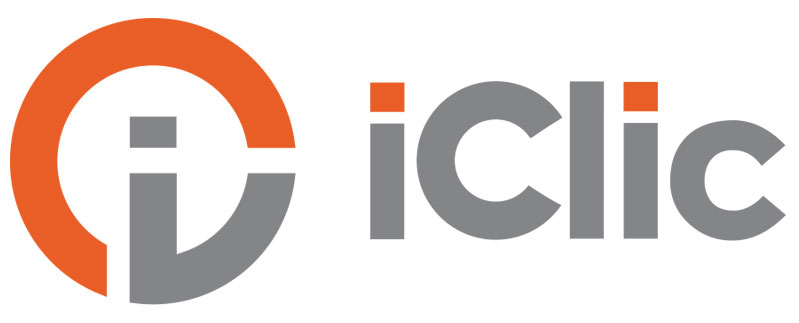1. HOW TO FOLLOW NFPA-1901 & ULC S515-13 STANDARDS?
- Claude Poulin

- Jan 20, 2021
- 2 min read
Updated: Mar 10, 2021
Here are some guidelines for rear chevrons on all new apparatus:
50% rear surface covered in inverted “V” alternating 6 inch stripes on a 45 degree angle:
NFPA suggests red and yellow or red and fluorescent lime;
ULC seems to be less precise on colors.
Our reasoning:
It took years to mandate something that seems to be obvious … Increased visibility enhances driver safety;
For years, “standards” required 4” lateral and rear striping and flashing lights. But after years of testing and proving the effectiveness of brighter graphics on emergency vehicles, we finally have it mandated.
The big question is …. WHY?
Is there any doubt which is safer?
James Grant, Chief Edwardsburgh/Cardinal said:
In March we had a major 49 vehicle pileup on the eastbound lane of High way 401 in our area. Many of the personnal from the different responding EMS areas were asking where and how we got the work done. The accident happened in a white-out; but as it got darker later on in the evening you could see our units quite visibly especially with headlights of other vehicles shining on them. Our firefighters are quite pleased with the end product and are quick to say they are glad of the extra protection out on the highways and at structure fire calls.
Emergency vehicles are getting hit when oncoming motorists “claim” they don’t “see” them. We all know they “should” see them, but driver attention is a fleeting commodity in many cases and it is always amazing when a driver says “I didn’t see the truck”.
So your best chance is to make yourselves AS VISIBLE AS POSSIBLE; both NFPA & ULC are convinced that chevrons do this! Chevrons prevent accidents and save injuries and lives. Chevrons are definitely the most cost-efficient feature for enhanced driver protection.
If chevrons are mandated on new trucks because they are also safer for your existing apparatus.
If you consider safety a priority in your department, then the decision to retrofit is easy at least for some of your present apparatus. But be sure to use prismatic sheeting on your smooth metal and CHEK.R.POINTS on your diamond checker plate.
If your budget is very limited and you must choose where to install the 50% area, it is better to do panel sections instead of doors. Doing both is best, but remember….if chevrons are only on the doors, what protection do you have left when the doors are open at the scene of an incident. Virtually none! And in fact, this is the worst scenario because if the door is open, you probably have personnel opening it! Not good!


If the panels adjacent to the door are done, at least you’ll still have chevrons “working” when the doors open.
And better yet, add chevrons to the inside of the doors…..they will be seen by oncoming traffic when open when they are the most dangerous. Otherwise oncoming motorists see basically nothing! Not very safe, especially if you have one of your crew opening the door!
























Comments